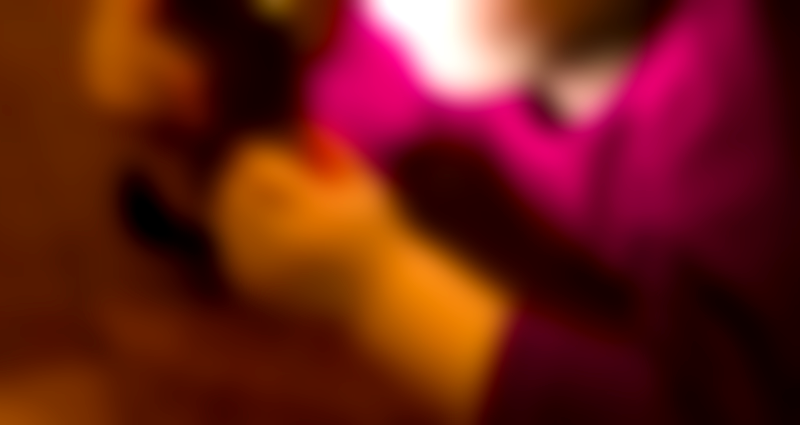Toddler Gets Extreme Nearsightedness After Parents Allow Smartphone Addiction



By Carl Samson
A toddler in eastern China whose parents claim has a smartphone addiction was recently diagnosed with severe myopia.
The 2-year-old girl, identified only as Xiao Man, started watching videos on either of her parents’ smartphones as early as age 1.
Xiao Man’s parents allowed her to use a smartphone for long periods, often without supervision.
Speaking to reporters, they claimed that the device was the only thing that kept her quiet, especially when she threw tantrums.

Over time, they noticed that Xiao Man had been squinting and rubbing her eyes while using the phone.
They initially ignored their daughter’s behavior, but it became more frequent until they were forced to see a doctor.

To their horror, Xiao Man was diagnosed with severe myopia, reaching nearly 900 degrees, according to China’s National Business Daily.
Myopia, or nearsightedness, is the inability to see things clearly without being relatively close to one’s eyes.

Through the years, myopia has increasingly become more prevalent among Asian children.
Xu Xun, an ophthalmologist from Shanghai, blames the urban way of life, particularly the lack of exposure to natural light and prolonged use of mobile devices.
“New technology used both for studying and for entertainment requires our eyes to concentrate on a small surface for a long period of time,” Xu told the South China Morning Post. “Although we are still studying the concrete effects of mobile devices on our vision, we believe the lower blinking frequency may also contribute to the deformation of the eye.”
Children do not typically require eye exams unless an existing medical condition and/or family history warrants screening. As such, parents can look for signs of myopia at home.
“Myopic children will complain that they cannot see distant objects (such as words written on the whiteboard in the classroom) clearly,” says Audrey Chia, a senior consultant at the Singapore National Eye Centre. “They may also start to turn their heads or squint in a bid to see more clearly.”
The terms “degree” and “power” are not recognized in other countries, however. It is also known as “dioptre” or “diopter,” which refers to the measure of vision correction needed to achieve perfect vision, according to The Lens Men’s senior optician Patrick Wong.
So for instance, when someone says their diopter is -2.00, it means 200 degrees in layman terms.

There is currently no cure for myopia, but for children 6 to 12 years old who suffer from severe myopia, atropine eyedrops may be used to slow progression.
Unfortunately for Xiao Man, doctors said that her condition is irreversible — and her eyesight will only get worse.
They advised parents to monitor their children’s screen time: those under 3 should not use smartphones at all, while those between 3 and 6 may only spend up to 30 minutes a day, ideally from 15 to 20 minutes.
fImages via Public Domain (Representation Only)
Share this Article
Share this Article